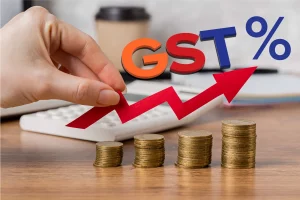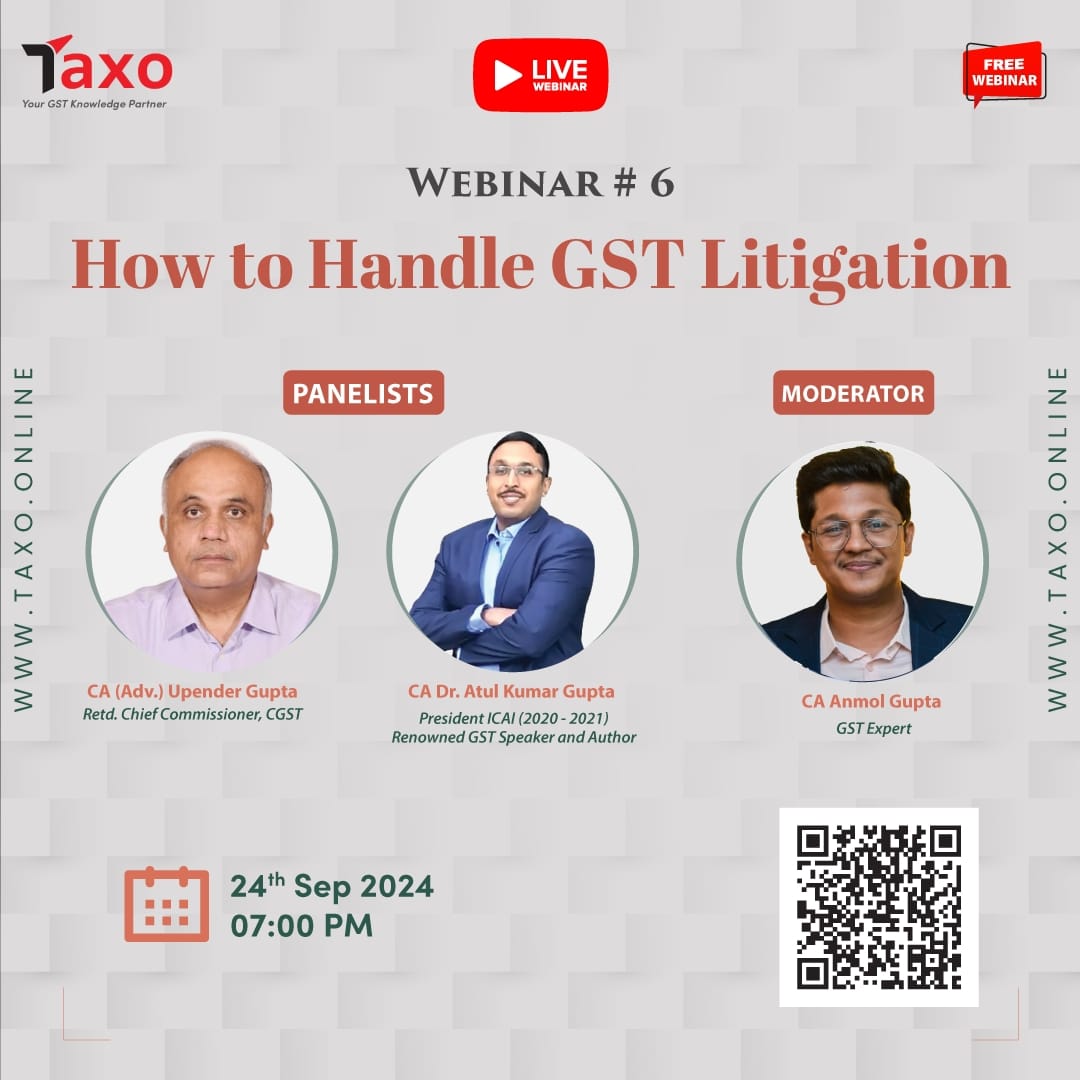 The government plans to do away with the flexibility given to buyers and sellers to revise their output liability by locking their invoices and removing the edit option in the next financial year, Revenue Secretary Sanjay Malhotra said. The proposal will be discussed at the next GST Council meeting, he said.
The government plans to do away with the flexibility given to buyers and sellers to revise their output liability by locking their invoices and removing the edit option in the next financial year, Revenue Secretary Sanjay Malhotra said. The proposal will be discussed at the next GST Council meeting, he said.
The move aims to improve compliance and curb the menace of fake invoicing in the indirect tax regime.
“We need to further improve compliance so that the menace of bogus entities and fake billing is somehow controlled. Right now, it is a trust-based system and we have given a facility which is being misused by some unscrupulous, non-existent kind of people by making these bogus companies. So we will tighten our systems,” Malhotra told Moneycontrol in an interview.
The data is there but it is not being used fully as of now to curb the fake invoicing menace.
“We don’t need GST Council approval on this but we will bring it to their notice in this quarter’s meeting. The systems are being built, so it will take some time. There has to be acceptance for each invoice. So this whole system needs a change,” the revenue secretary said.
The next GST Council meeting is likely later in February, sources said.
No edit button
Currently, there is an edit facility given to both buyers and sellers to correct any errors even after credit is taken on the tax.
“The government has given the facility to edit, which I want to remove. After A uploads the invoice after selling to B and makes the payment of the tax next month. But at the time of tax payment, if A realises there was an error, he is allowed to edit it. So this facility to edit will be removed,” he said.
Locking invoices and removing the editing option following the submission of GSTR-1 and GSTR-3B will yield numerous advantages for the entire economic framework.
“This system modification will block suppliers with fraudulent motives from altering invoice information after submission, effectively managing false Input Tax Credit issues and minimising commercial disputes among involved parties,” an expert told Moneycontrol.
The challenges
However, this may also lead to certain challenges, including reduced flexibility for correcting genuine errors, increased administrative workload, and potential system integration issues. Small businesses could face significant compliance hurdles, and initial inaccuracies might escalate disputes. Additionally, the costs associated with new technology and training, coupled with the potential for sophisticated fraud schemes designed to exploit the system before locking, highlight the need for careful consideration and mitigation strategies to balance the benefits against these risks.
“Suppliers file their invoice-wise sales details in GSTR-1. If a supplier in subsequent months realises that there were some errors in sales details, the same may be amended/ revised say GSTIN of the recipient, the value of supply, etc. If the same is stopped, then genuine taxpayers may face an issue to correct non-intentional mistakes. Then the only option would be to issue a credit note against incorrect invoices,” an expert told Moneycontrol.
Further, currently, credit is claimed based on GSTR 2B. However, it appears that going forward credit more than GSTR 2B may not be claimed. This step may impact genuine taxpayers.
Source: Money Control
https://www.moneycontrol.com/news/business/economy/gst-fake-invoices-govt-to-do-away-with-edit-option-to-revise-output-liability-says-revenue-secretary-12195111.html


